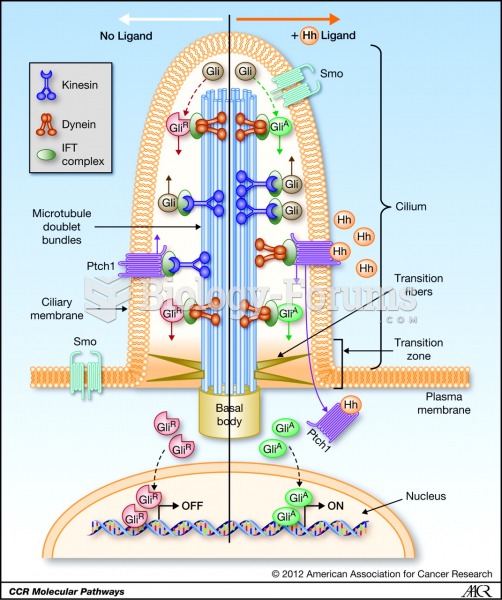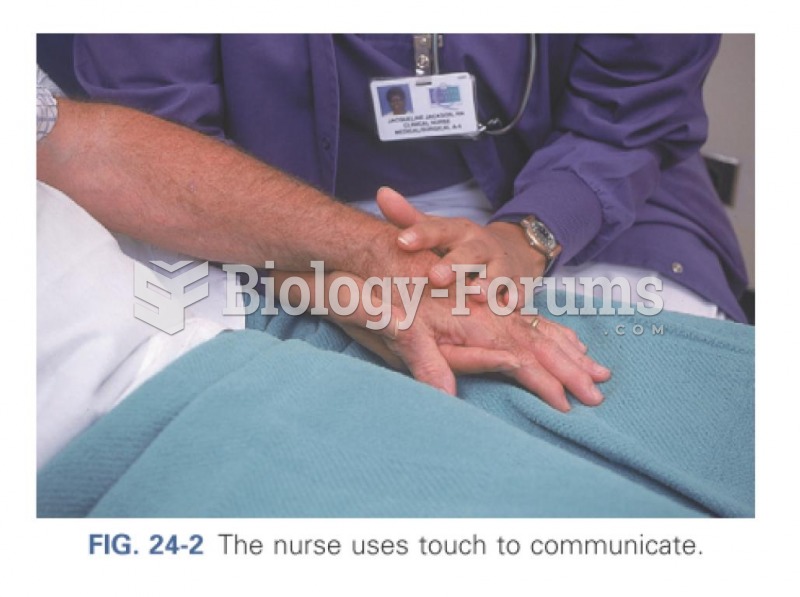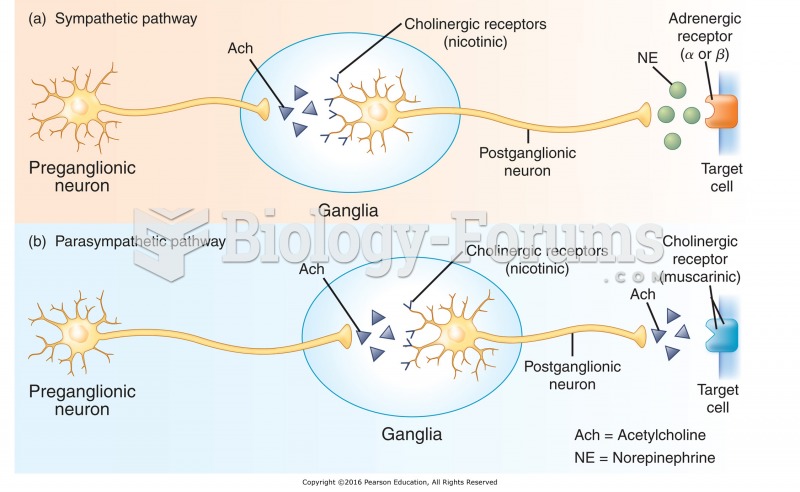|
|
|
Hip fractures are the most serious consequences of osteoporosis. The incidence of hip fractures increases with each decade among patients in their 60s to patients in their 90s for both women and men of all populations. Men and women older than 80 years of age show the highest incidence of hip fractures.
Pubic lice (crabs) are usually spread through sexual contact. You cannot catch them by using a public toilet.
Women are 50% to 75% more likely than men to experience an adverse drug reaction.
Green tea is able to stop the scent of garlic or onion from causing bad breath.
If you use artificial sweeteners, such as cyclamates, your eyes may be more sensitive to light. Other factors that will make your eyes more sensitive to light include use of antibiotics, oral contraceptives, hypertension medications, diuretics, and antidiabetic medications.







